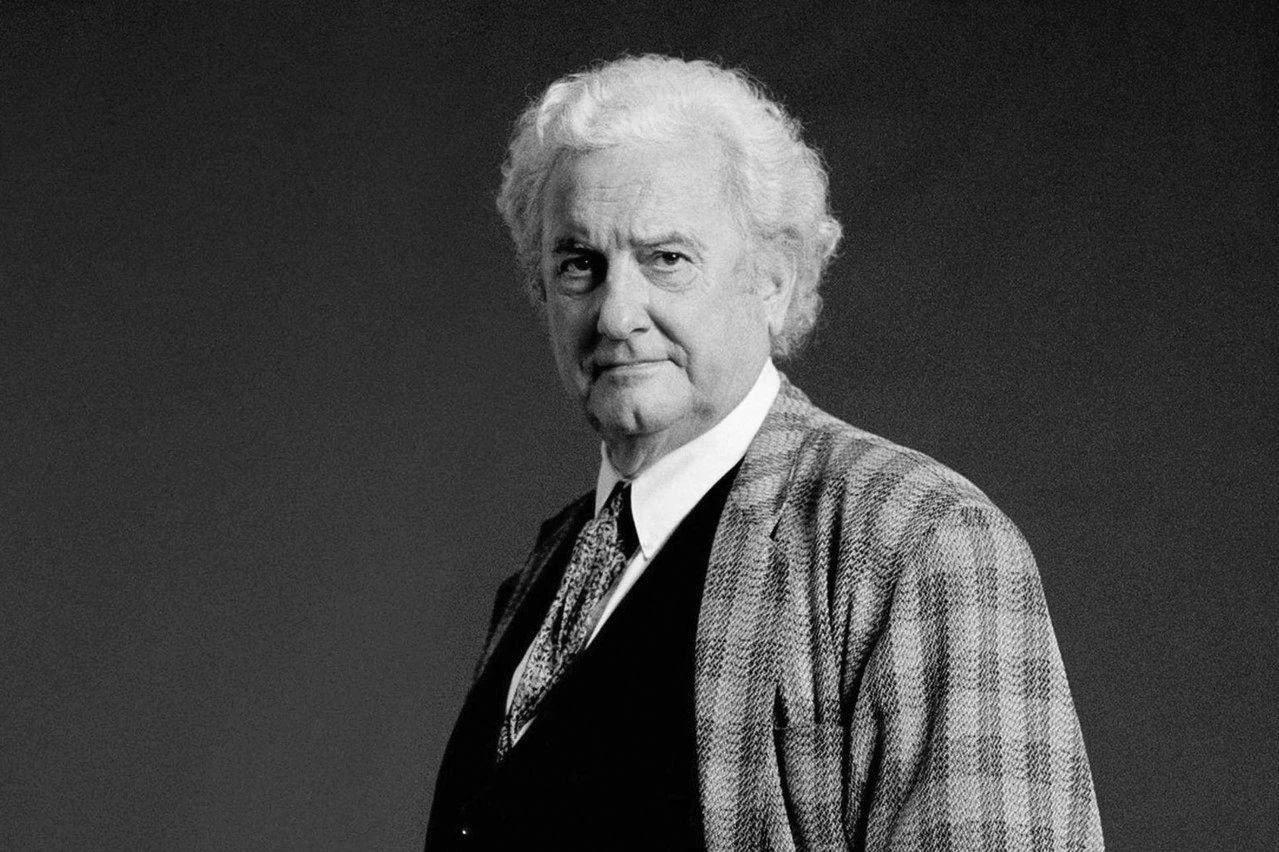
The theorist of classicism Rob Krier passed away in Berlin on 20 November at 85 years of age. Like his younger brother Léon Krier, he defended his traditionalist convictions through drawing, and both added a great deal of graphic eloquence to buildings and texts. Born in Luxembourg, he studied in Munich, and after graduating he worked with Oswald Matthias Ungers and Frei Otto in Cologne, Berlin, and Stuttgart, eventually settling in Vienna, where he opened his office in 1976 and for twenty years taught at TU Wien. His 1975 book Stadtraum, translated into English in 1979 as Urban Space, was one of the pillars of architectural postmodernity, which would materialize shortly afterwards in the projects of Berlin’s IBA, where he, Aldo Rossi, or Giorgio Grassi had the chance to express their revival of the classical language through residential works.
AV magazine started in 1985 with two issues on the IBA, and the cover of one of them combined the Schinkel set for Die Zauberflöte with a drawing by Rob Krier, underscoring his leading role in the new Berlin. In this city he set up a practice in 1993 with Christoph Kohl, and it was there that the projects of his mature years – among them the Artklass in Bilbao and the non nato in Irun – came into being, there that his sculptural work was forged, and there that his funeral was held in December. Back from the Trauerfeier in a gray and snow-covered capital, Léon remembers his brother with an elegant photograph of his youth, and laments that despite several attempts to work together, they never did. “Rob made me read Le Corbusier and several years later I made him read Camillo Sitte.” Both taught at Yale University, alma mater of the New Urbanists they had so strongly influenced, and both received the Driehaus Prize for Classical Architecture, Léon in the first edition of 2003 and Rob in 2022, closing an artistic and fraternal circle.







